Traditional India: Structure and Change
Milton Singer, in this major work Traditional India: Structure & Change has collected, organized and edited the papers contributed to a symposium of studies of India’s changing traditional culture. These studies have two major bonds of unity: one, the underlying unity and continuity of Indian civilization itself, and, the second, method and concept in the study of civilization. In fact, this work expounds Robert Redfield’s recent formulations of how a civilization may be conceived and studied as a ‘structure of tradition’ and answers the question: how are the culture and society of India’s villages related to the Great Traditions of Indian civilization? How does there exist an overwhelming unity and continuity of tradition in India, despite clearly differentiated groups which ‘carry’ variants of a common tradition? The stratagem adopted in the present symposium is to look for clues to the structure of the whole tradition through intensive studies of selected parts of it.
How can the generic conception of a structure of tradition be particular to particular variants? In order to achieve this particularization, two operational concepts have been achieved, ‘The Social Organization of Tradition’ (Section I) and ‘Cultural Performances and Cultural Media’ (Section II). In Section III, both these modes of particularization are employed to study changes in the structure of tradition.
In Section I, Daniel Ingalls, John T. Hitchcock, Stella Kramrisch, and Helen Lamb, in their papers, have traced historically the traditions of the four major orders (or varnas) across the span of Indian civilization. And, Norman Brown, in his comments, calls attention to the functional significance of the disciplines and skills cultivated by a group: learning, war and administration, arts and crafts, track, and the changing interrelation of these within the framework of Indian society.
In Section II, one may peep through the papers by Norvin Hein, J.A.B. van Buitenen, M.B. Emeneau, William McCormack and V. Raghavan, into the cultural performances, cultural media, and cultural structure of India. These papers indicate, explain and illustrate how a comparative analysis of cultural performances can be used as a method for studying the structure and changes of a cultural tradition, and particularly of the interactions of the Great and Little Traditions.
In Section III, in the papers by Milton Singer, T.B. Naik, Nirmal Kumar Bose, Bernard S. Cohn and Martin Orans, some specific problems of change in traditional culture, cultural and societal data have been combined in varying degrees. These papers specifically deal with some aspect of the effects of urbanization on traditional culture. The papers by Surajit Sinha, Kathleen Gough, and I.P. Singh, in this section, deal with cultural processes which are either recurrent or at least have strong parallels beyond the horizon of a particular time and space.
Get it now and save 10%
BECOME A MEMBER

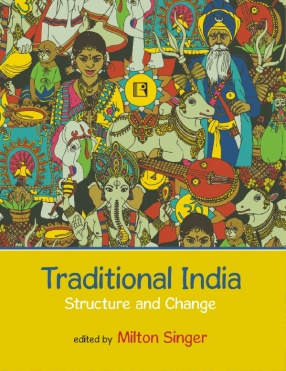
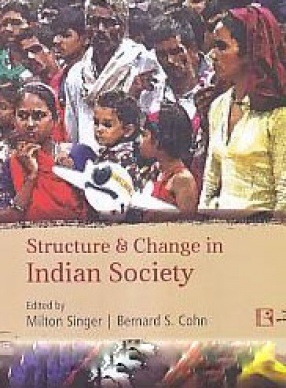
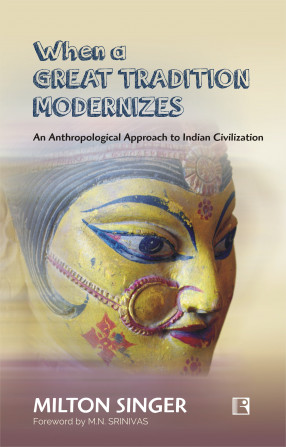
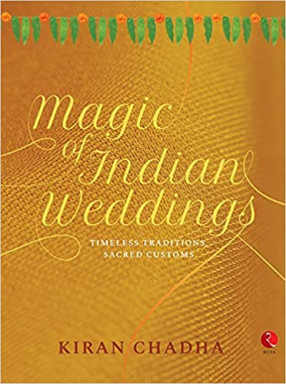
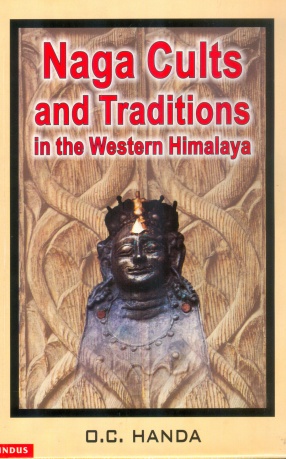
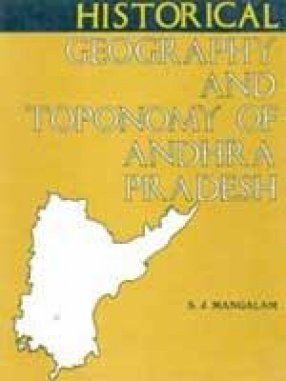
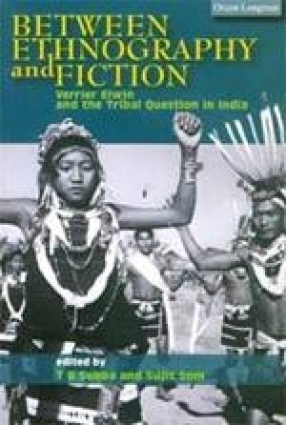

Bibliographic information